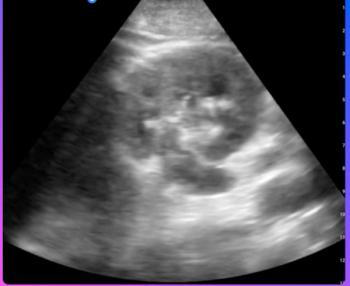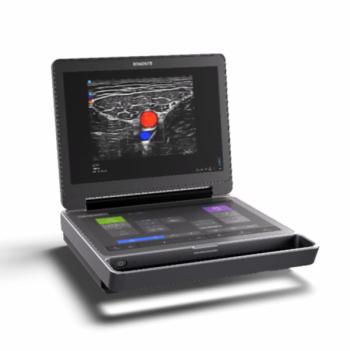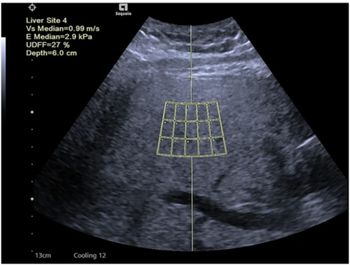
Breast MR beats mammo, ultrasound for women with nipple discharge
In women with nipple discharge, contrast breast MR has higheroverall sensitivity for detecting malignant and high-risk lesionsthan mammography or ultrasound.
In women with nipple discharge, contrast breast MR has higher overall sensitivity for detecting malignant and high-risk lesions than mammography or ultrasound.
Between March 2007 and July 2009, 38 women with nipple discharge underwent ultrasound, mammography, and contrast MR (1.5T). A malignant lesion was found in five of 38 patients. A high-risk lesion was found in 14 of 38 patients. Contrast MR found all five of the cancers and 13 of the 14 high-risk lesions for a sensitivity of 94.74%. Mammography had a sensitivity of 26.32%; ultrasound had a sensitivity of 63.16%.
Contrast MR should be recommended when conventional imaging is negative, according to Dr. Michele Lorenzon, from the radiology department at the University of Udine in Italy. The study was presented at the European Congress of Radiology in Vienna in March.
Newsletter
Stay at the forefront of radiology with the Diagnostic Imaging newsletter, delivering the latest news, clinical insights, and imaging advancements for today’s radiologists.




























